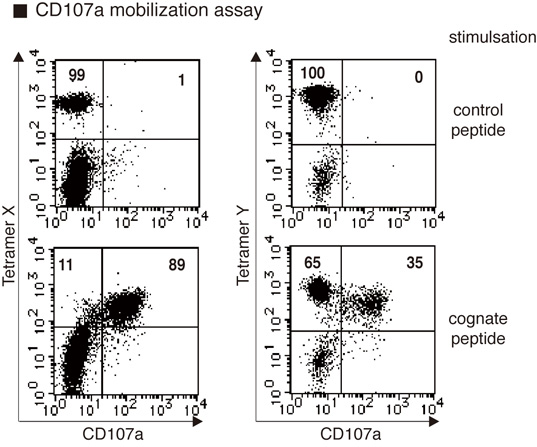IMMUNOCYTO CD107a Detection Kit
Product Code:
MBL-4844
MBL-4844
Regulatory Status:
RUO
RUO
Shipping:
4°C
4°C
Storage:
4°C
4°C
No additional charges, what you see is what you pay! *
| Code | Size | Price |
|---|
| MBL-4844 | 50 Assays | £430.00 |
Quantity:
Prices exclude any Taxes / VAT



